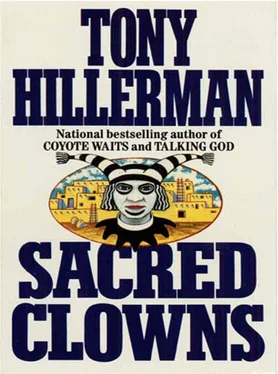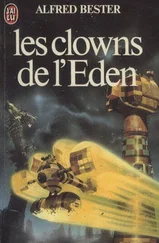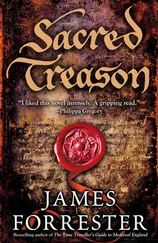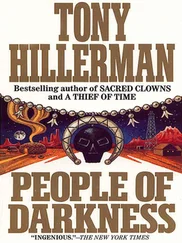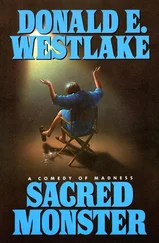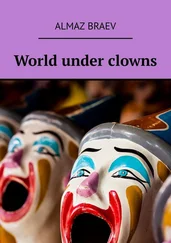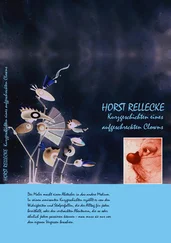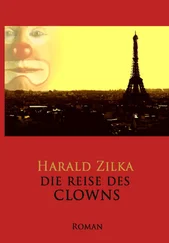“It’s funny, though,” Chee had said. “Didn’t she send him to the school in the first place? You’d think she’d want him back in his classes.”
Lieutenant Leaphorn had not thought that worthy of comment, or even of looking up from his notepad.
“When you find him, here’s what you do. Ask him why he ran away from school and where he’s staying. Make sure he knows you’re not after him so he won’t take off again. Then call me and tell me where he is. Nothing else.”
“I don’t pick him up? Take him back to school?”
The lieutenant had looked up at Chee’s question, wearing the expression that always made Chee feel like he’d said something stupid.
“You’re off the Navajo Reservation. The boy hasn’t broken any law. We’re just doing a little courtesy work for the councilwoman. His grandmama. I suspect this is part of a family fuss over who has custody of the kid.” Leaphorn had recited this patiently, and then patiently had added more explanation.
Kanitewa’s mother, a Tanoan, had divorced the boy’s Navajo father without, apparently, much hard feelings. The boy had lived with his mother and kept his Tanoan name. But when time for high school came, and he was almost a man, he decided to live with his father.
“And, unfortunately, his father is the son of Bertha Roanhorse, who is on the Tribal Council Budget Committee, which decides how well we eat. And she’s worried. The boy hadn’t told any of his friends he was running off. On the contrary. He was part of an intertribal dance group and they had a performance coming up at a rodeo in Durango. So that makes it a funny time to disappear from school.”
“Maybe he wanted to go to the Tano ceremonial,” Chee said. “If he’s in high school, he’s probably been initiated into one of the Tano kivas.”
“Grandma said no. He’d made arrangements. He had her working to get his costume ready for the Durango performance. She said he was all excited about it.”
“You’d think she’d go find him herself,” Chee said.
“No, you wouldn’t. Not if you knew the councilwoman. She’d get us to do it for her.” And that had ended the discussion.
It was irritating. What he was doing was one level under being a truant officer. Having Leaphorn as a boss was going to be a genuine pain. Just like people had warned him.
He felt Janet Pete’s elbow in his ribs, “Why so grouchy-looking? You want to climb back down?”
“Sorry,” Chee said. “No. Cowboy was right.”
“Cowboy is often right,” Cowboy said. “Just learn to count on it.”
The double line of kachinas had completed the circle of the plaza now and moved almost directly below their housetop. Chee looked at figures foreshortened by perspective, seeing the tops of the tubular leather masks which converted farmers, truck drivers, loggers, policemen, accountants, fathers, sons, and grandfathers into the spirits who linked the people of Tano to the world beyond. He could see very human sweat glistening on their shoulders, a very ordinary Marine Corps anchor tattoo on the arm of the seventh kachina, the very natural dust stirred by the rhythmic shuffling of their moccasins. Even so, even for an unbelieving Navajo outsider, the dancing figures seemed more than human. Perhaps it was the pattern of sound the drums made, perhaps the effect of the perspective. He glanced up from the dancers. The audience was silent, even the children almost motionless.
Then across the plaza laughter erupted.
“Here come the koshares,” Cowboy said.
Four figures had emerged on a roof across the plaza. They wore breechcloths and their bodies were zebra-striped in black and white, their faces daubed white with huge black smiles painted around their mouths, their hair jutting upward in two long conical horns, each horn surmounted with a brush of what seemed to be corn shucks. Koshares. The sacred clowns of Pueblo people. Chee had first seen similar clowns perform at a Hopi ceremonial at Moenkopi when he was a child, and since then at other Hopi dances. These seemed to be much the same.
Two of them now stood at the parapet of the building, pointing downward at the line of kachinas, gesturing wildly. The other two, a fat man and a youth with a weightlifter’s body, were carrying a ladder. They swung it recklessly, knocking first one and then the other of their partners head over heels, to the delight of the audience. They managed to get the ladder over the side, with the wrong, narrow end down. A mock battle ensued, with much falling and general clumsiness, to determine who would go down the ladder first. The fat man won. He started down headfirst. One of the others, a skinny fellow, climbed over him, also headfirst. Their legs entangled. They started to fall, were caught by one of the two partners still on the roof. The weightlifter had managed to get off the roof and was climbing down the underside of the ladder beneath the tangle – also upside down.
The crowd was laughing, shouting encouragement. The drums kept their steady rhythm. The kachinas danced on, sublime spirits oblivious of such human imperfection.
“Somebody’s going to get killed,” Janet Pete said. “They’ll break their necks.”
A fall probably would break something, Chee thought. It would be a two-story drop onto earth packed as hard as concrete.
“They’ve been doing that a thousand years,” Cowboy said. “Nobody ever gets hurt.” But he was frowning. “These guys are just fair,” he said. “You ought to see ’ em at Shongopovi, or Hotevilla, or Walpi, or…”
“Or any Hopi village,” Chee said. “That’s Cowboy’s slogan. Hopis do it better.”
Cowboy was shaking his head. “Chee always gets that wrong,” he said. “It’s ‘Hopis do it best.’”
“Do they always do it like that?” Janet sounded both disbelieving and disapproving. “They’re disrupting the ceremonial.”
“Not disrupting. It’s part of the ritual. It’s all symbolic. They represent humanity. Clowns. Doing everything wrong while the spirits do everything right.”
Janet Pete looked unimpressed. The koshares made it down the ladder to ground level. They stood, pointing excitedly at the kachinas, talking stage-loud in a language Chee couldn’t understand. The Tanoans, he thought, spoke Tewa. Or maybe it was Keresan. One of the koshares ran to the line of kachina dancers, threw his arms around one of the masked men, and pulled him out of the formation. He was shouting something to the other koshares. Janet glanced at Cowboy, an inquiring look.
“He’s saying, ‘This one is mine. This one is mine.’ Or something like that,” Cowboy said.
“You understand Tewa?”
“No,” Cowboy said. “But the ceremony is pretty much the same as one we do. The idea is to make fun of how humans try to possess everything.”
The crowd seemed to be enjoying it. An unmasked man in ceremonial kirtle and moccasins (Cowboy had said he was the “Father of the Kachinas”) grabbed the koshare’s arm, freed the kachina, and provoked an exchange which produced a burst of laughter. Three boys, teenagers, emerged from between two houses and skirted behind a row of Tano women in chairs at the edge of the dance ground. The tallest one was Delmar Kanitewa. At least he looked like Kanitewa.
Chee touched Janet’s knee.
“Look,” he said. “See those three boys almost directly across the plaza? Behind the women. Notice the one in the red shirt.”
“Yeah,” Janet said. “It looks like him. But isn’t he too tall?”
“The description said five foot eight,” Chee said. “That’s pretty tall for a Pueblo kid.”
“I’ll go get him,” Cowboy said, pushing himself up from the roof. “Keep an eye on him.”
That was easy enough. Red Shirt and his two friends had found a wall to lean against. Chee watched. Red Shirt said something to his companions and pointed up the dance ground. He was pointing at a man, half-hidden from Chee’s perspective by a huge cowboy hat, who trotted out of an alley onto the dance ground riding a stick horse. Behind him came another man, this one wearing a black homburg hat. Homburg was pedaling a toy car so small that his bobbing knees were as high as his hunched shoulders. White dollar signs were painted on the red toy and it dragged a flat black object also decorated with dollar signs. Behind the car came a third man, straw-hatted and dressed in a blue three-piece business suit. He was pulling a toy wagon loaded with assorted objects and with signboards attached to its sides. The three paraded past the audience. There was laughter, then silence, then a buzz of talk.
Читать дальше
